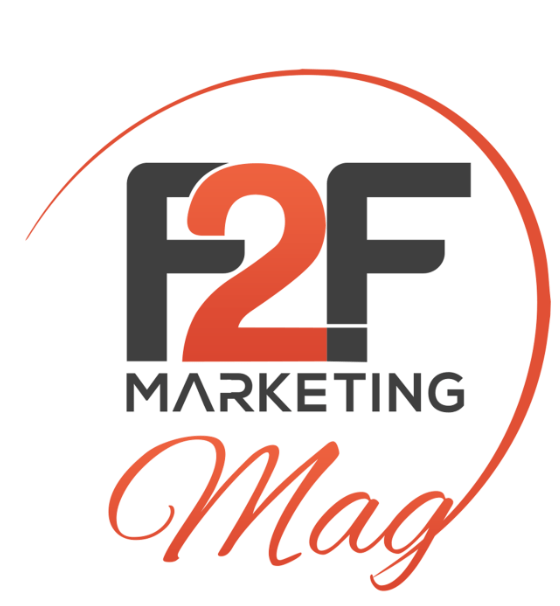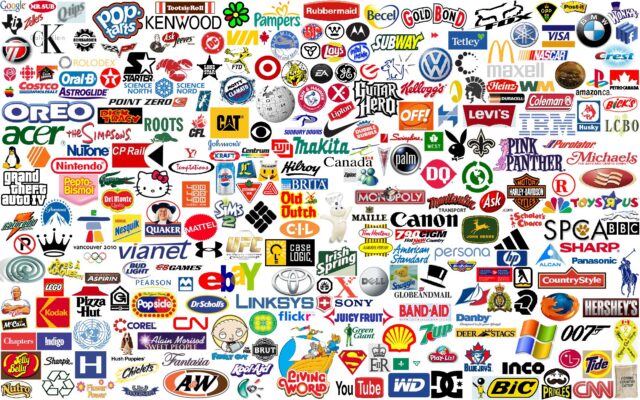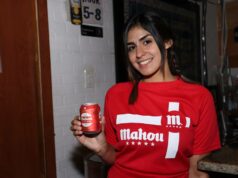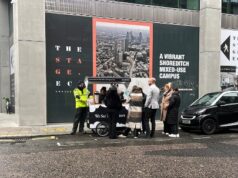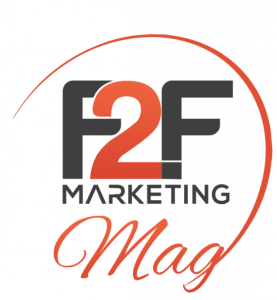


Brands can build communities by tapping into the wellness trend
Thank you for reading this post, don't forget to subscribe!Not too long ago, the rich and famous sought sleek cars, extravagant hotel rooms, and private jets. But for modern moguls like Twitter CEO Jack Dorsey, luxury no longer means swilling martinis and feasting on expensive steaks. By his definition, the lavish lifestyle involves regular fasting and ice baths.
The meaning of living wealthy now prioritizes living healthy, and high-end products have been replaced by more experiential spoils. Fitness, mental resilience, togetherness—these are the new luxury goods. And a shifting consumer focus from material status symbols to wellness means brands have had to rethink how they reach consumers.
What wellness means for brands
As of the first quarter of 2019, there were roughly 45,000 mobile health apps available on the Apple App Store (with another 37,143 available on Google Play), and by 2020, the market size of mobile health is expected to balloon to nearly $60 billion. This heightened interest in wellness means brands are feeling the pressure to keep up.
In fact, the “wellness” trend has already changed what brand marketing means: It’s created a whole new vocabulary, now internalized by the average wellness-seeker. Language previously reserved for holistic therapists is now issued from the mouths of toddlers: matcha, kombucha, turmeric.
Brands in all verticals can hop on the wellness train, even if they don’t sell matcha lattes. After all, wellness isn’t just about diet; it extends into the realms of mental health, physical well-being, and a sense of belonging.
Contributing to wellness as a whole
One example at the intersection of community-focused wellness and branded events is Propel Water’s Co:Labs pop-up fitness events. As Laura Barnett, brand director of Propel at PepsiCo, explained it, “What Propel intended to do with this platform is unite the community and pull people together under one roof who have one common love of fitness and working out.”
By tapping into the wellness trend, marketers can contribute to the wellness of society as a whole. Brands that create experiences to bring people together on a physical level instead of just online—especially in the wellness sphere — can help combat the propagation of social media-induced feelings of loneliness by building tight communities around shared ideas. Wise brands are investing in the wellness space with experiential programs designed around consumers’ new interests.
How to turn toward wellness
It’s clear that brands embracing the wellness space are being heard. Their experiential strategies speak to people’s need to belong, to see their values reflected and to get away from material concerns and digital pressures.
The results of this prioritization will look diverse. Wellness brands could find space in experiential industries. For instance, Vega “took over” WeWork Austin at SXSW 2019, replacing the traditional festival margaritas and dancing with workouts and protein shakes. But brands—especially those in niche markets looking for greater reach—can also double their wellness impact by partnering with other brands.
Consider Dosist, a brand that sells cannabis-based oils to aid with sleep and pain relief. To help dispel controversy surrounding its growing industry, Dosist partnered with art organizations, member clubs, and boutique fitness brands to create an experiential whole-body event. The collaboration between SoulCycle and Apple Music was similarly effective. Not only is SoulCycle able to expand its music with new tracks and playlists, but the two brands are also now able to host live concerts with crowd-favourite fitness instructors.
Even the most unlikely brands can find their place in the wellness space. Michelob Ultra managed to associate beer (of all things) with fitness when it built an entire branded festival around physical activity. Ultra Fit Fest brought group workouts and panel discussions to Scottsdale, Arizona, in a huge experiential wellness activation.
The wellness trend is about mind, body, and soul. It isn’t attached to a possession or product. It can be fleeting and intangible. The experiential marketer’s skill set is perfectly suited to bringing this to life for consumers by connecting them to their sense of belonging.
